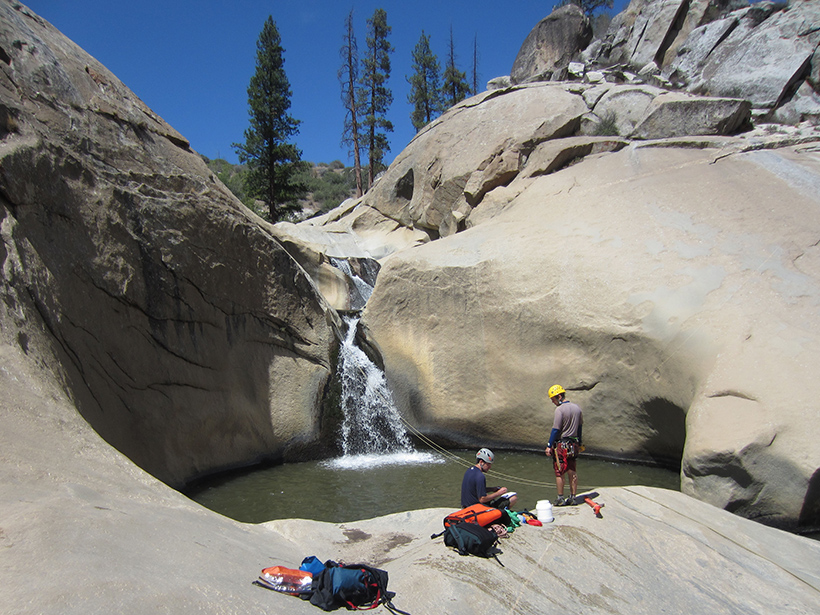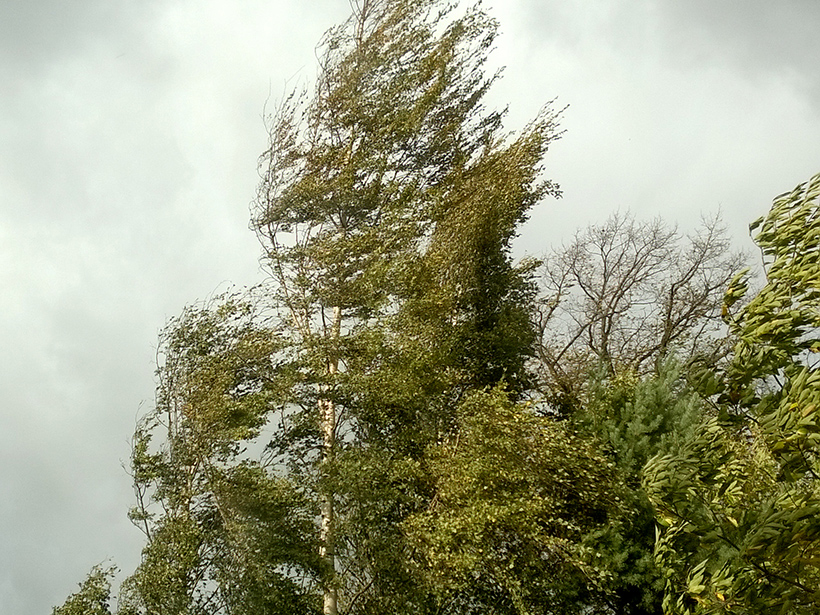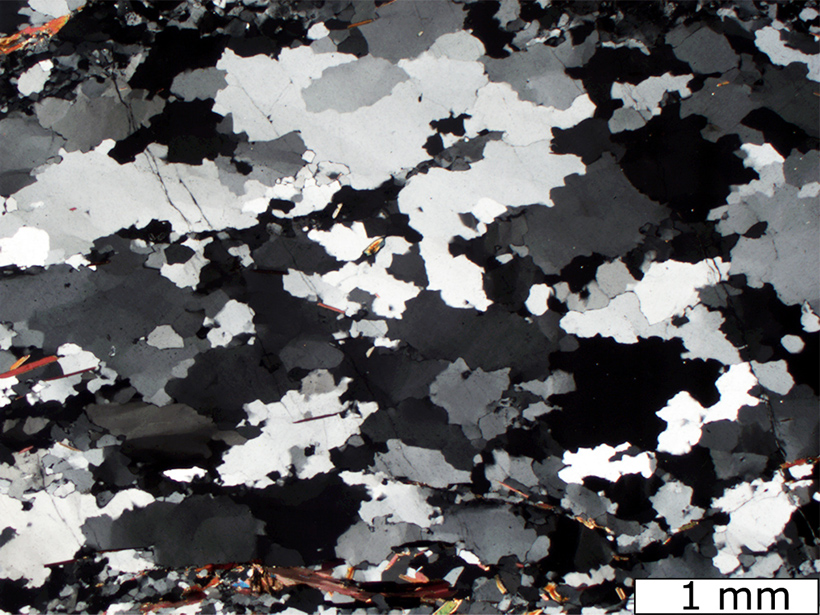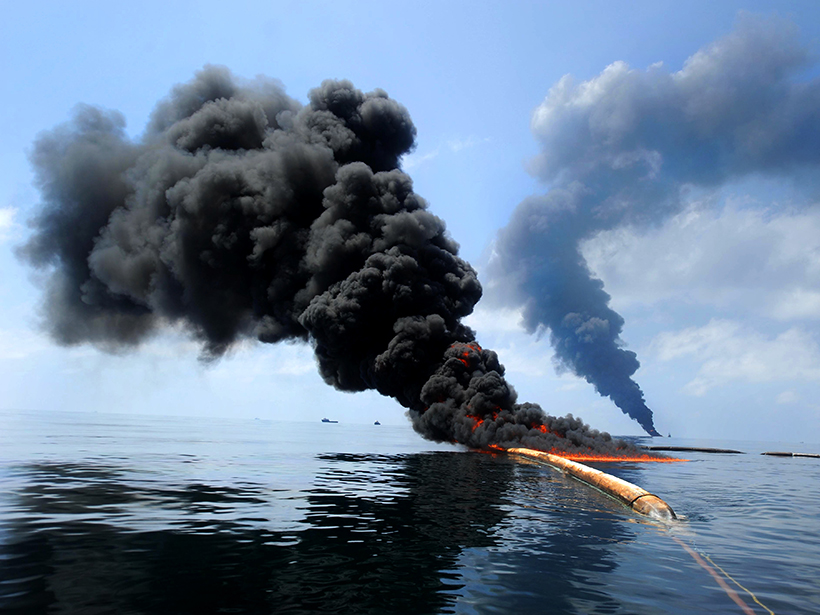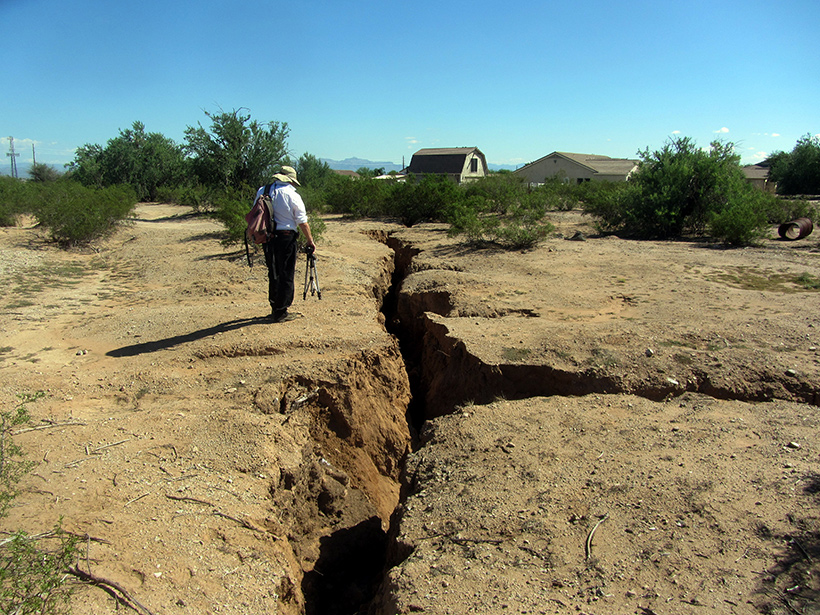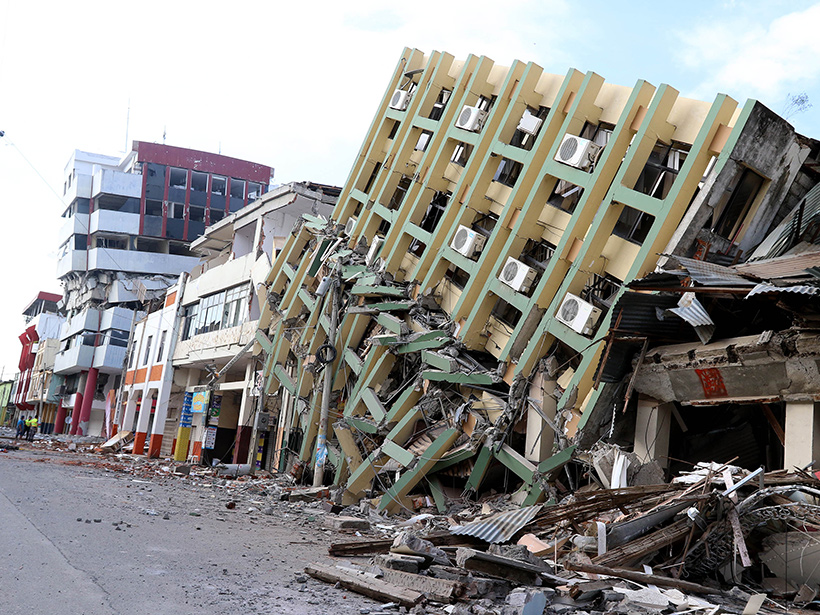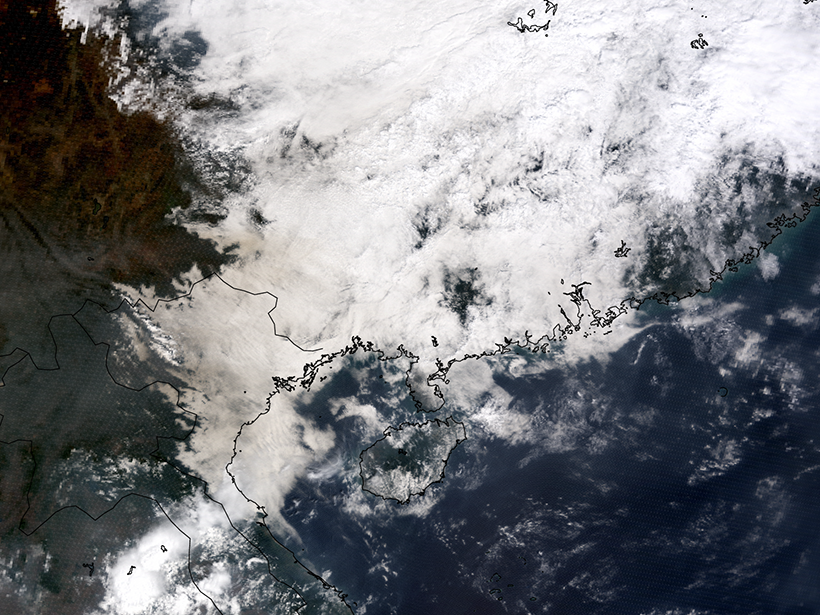A first-of-its-kind model describes how pools at the base of waterfalls adjust their depth to keep up with sediment flow.
CC BY-NC-ND 2016
Humans Misread Wind Speeds, Skewing a Major Hazards Database
Weather spotters who report storm measurements and observations to a U.S. national compendium of storm data often exaggerate winds speeds—by about one third, on average.
Despite Dryness, Quartz Grains Can Deform in Earth's Crust
A comparison of water content in undeformed and deformed quartz indicates that grains may change shape via weakening processes that cannot be duplicated in laboratory experiments.
How Regional Wind Patterns Will Influence Climate Change
Climate change is expected to cause wet regions to get wetter and dry regions to get drier, but new research suggests that the truth is more complicated.
They Got to “Ask-Me-Anything.” So, What Did They Want to Know?
On behalf of JGR: Oceans, I consented to a Reddit Science AMA. What did an anonymous public want to learn about oceanography and climate science? More importantly, what can we learn from them?
Deepwater Horizon Oil Lingered and Sank, Stuck to "Marine Snow"
A new study may explain how supposedly buoyant oil from the huge 2010 oil spill coated corals and other organisms on the ocean floor.
New Law Puts the Squeeze on the Arizona Geological Survey
Arizona state services at risk include a program to map Earth fissures; the state's earthquake-monitoring network; and the Survey's mineral resources program.
Mysterious "Necklace Echoes" in the Sky Explained
Scientists studying a 50–year–old mystery in the Earth's ionosphere have come up with their best explanation of it yet.
A New View of the Plate Dynamics Behind Earthquakes in Ecuador
Scientists get one step closer to an updated seismic hazard map that could help Ecuador prepare for future tremors.
Measuring Atmospheric Aerosols Despite the Clouds
Researchers devise ways for remote sensors to integrate aerosol content above clouds into current methods of measurement.

